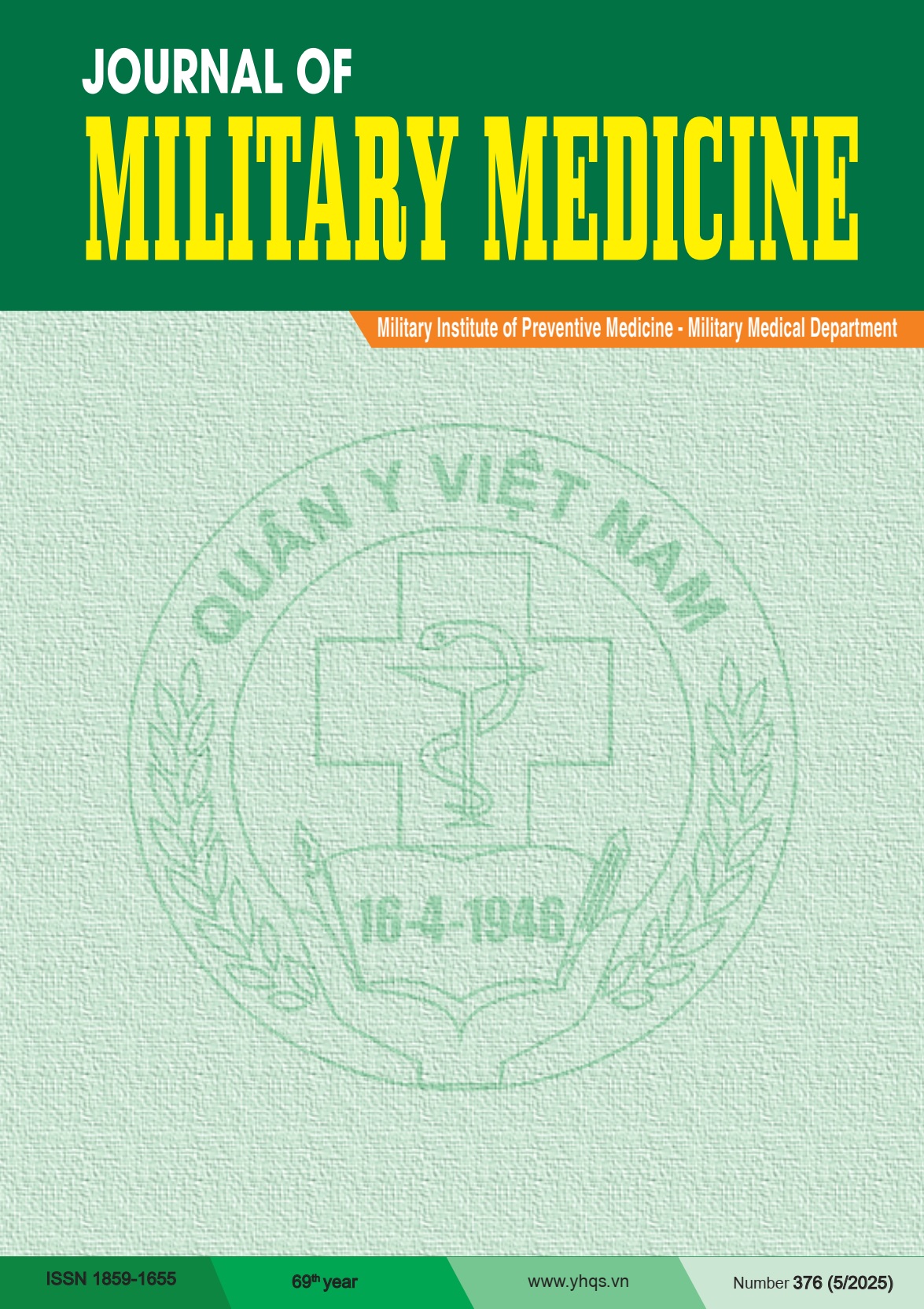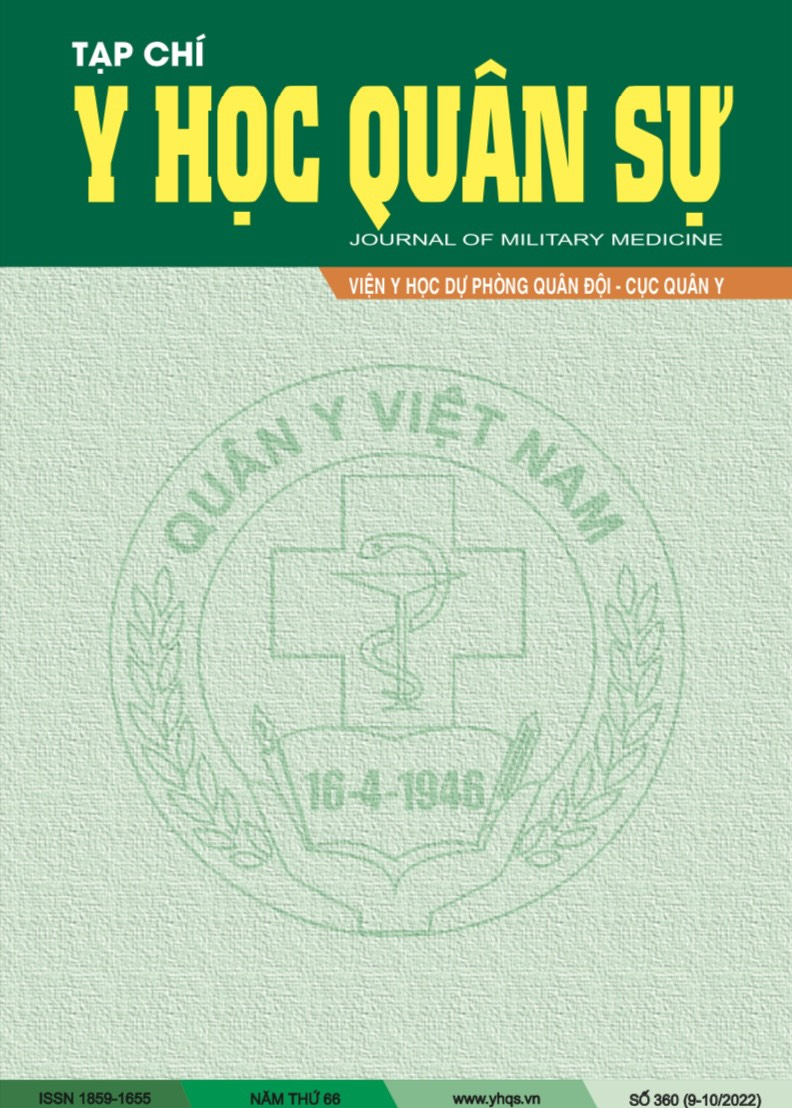SOME FACTORS RELATED TO TREATMENT OUTCOMES OF LUMBAR HIP SYNDROME USING ELECTRO-ACUPUNCTURE COMBINED WITH MASSAGE AND NGUYEN VAN HUONG’S PHYSICAL EXERCISES
DOI:
https://doi.org/10.59459/1859-1655/JMM.602Từ khóa:
Electro-acupuncture, massage, Nguyen Van Huong’s exercises, lumbar hip syndromeTóm tắt
Objectives: To describe some factors related to the outcomes of treating lumbar hip syndrome using electro-acupuncture combined with massage and Nguyen Van Huong’s exercises.
Subjects and methods: A cross-sectional interventional study was conducted on 30 patients with lumbar hip syndrome caused by lumbar disc herniation. Patients were treated with electro-acupuncture combined with massage and Nguyen Van Huong’s exercises at the Traditional Medicine Clinic, Hanoi Heart Hospital, from July 2021 to September 2022. Treatment outcomes were evaluated based on changes in pain (VAS), lumbar spine flexibility (Lasegue’s test), and quality of life (Oswestry Disability Index), classified into four levels: good, fair, moderate, and poor.
Results: Patients with a disease duration of less than 6 months and single-level disc herniation had significantly better treatment outcomes compared to those with disease duration of 6 months or more and multi-level herniation (p < 0.05). No significant associations were found between treatment outcomes and factors such as age, gender, occupation, or degree of disc herniation.
Conclusions: Duration of disease and number of herniated disc levels are related to treatment outcomes in patients with lumbar hip syndrome due to disc herniation.
Tài liệu tham khảo
1. Ministry of Health (2008). Traditional Medicine Technical Procedures. Decision No. 26/2008/QD-BYT dated July 22, 2008.
2. Ministry of Health (2020). Guidelines for Traditional Medicine Specialty Procedures. Decision No. 5480/QD-BYT dated December 30, 2020.
3. Ho Huu Luong (2020). Low Back Pain and Disc Herniation. Medical Publishing House, Hanoi, pp. 92-96, 135-137, 144-171.
4. Nguyen Van Huong (1986). The Method of Health-Preserving Exercises. Medical Publishing House, Hanoi.
5. Ahsan M.K, Matin T, Ali M.I, Ali M.Y, Awwal M.A, Sakeb N (2013), “Relationship between physical work load and lumbar disc herniation”, Mymensingh Med J. 2013 Jul; 22 (3): 533-40.
6. Fairbank J.C, Pynsent P.B (2000), The Oswestry Disability Index, Spine 2000; 25 (22); 2940-2952.
7. Frank M Phillips, Carl Lauryssen (2009), The Lumbar Intervertebral Disc, section1; pp 1-9.
8. Konstantinou K, Dunn K.M, Ogollah R, Lewis M, Van Der Windt D, Hay E.M (2018), “ATLAS Study Team. Prognosis of sciatica and back-related leg pain in primary care: the ATLAS cohort”, Spine J. 2018 Jun; 18 (6): 1030-1040.
9. Strömqvist F, Ahmad M, Hildingsson C, Jönsson B, Strömqvist B (2008), “Gender differences in lumbar disc herniation surgery”, Acta Orthop, 2008 Oct; 79 (5): 643-9.
Tải xuống
Đã Xuất bản
Cách trích dẫn
Số
Chuyên mục
Ngày xuất bản 21-05-2025



